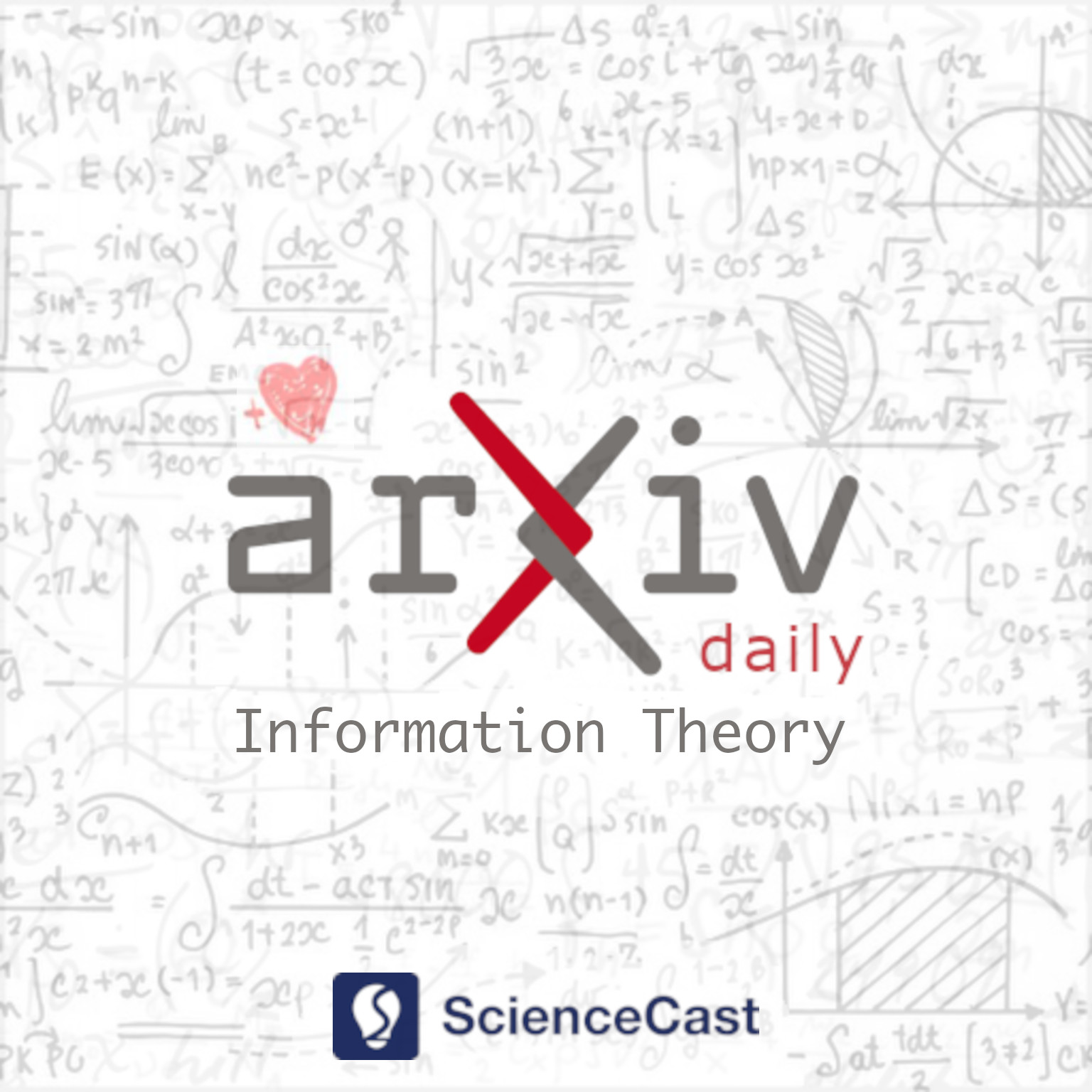
Information Theory (cs.IT)
Wed, 28 Jun 2023
1.Permutation Polynomial Interleaved Zadoff-Chu Sequences
Authors:Fredrik Berggren, Branislav M. Popovic
Abstract: Constant amplitude zero autocorrelation (CAZAC) sequences have modulus one and ideal periodic autocorrelation function. Such sequences have been used in communications systems, e.g., for reference signals, synchronization signals and random access preambles. We propose a new family CAZAC sequences, which is constructed by interleaving a Zadoff-Chu sequence by a quadratic permutation polynomial (QPP), or by a permutation polynomial whose inverse is a QPP. It is demonstrated that a set of orthogonal interleaved Zadoff-Chu sequences can be constructed by proper choice of QPPs.
2.Successive Cancellation Automorphism List Decoding of Polar Codes
Authors:Lucas Johannsen, Claus Kestel, Marvin Geiselhart, Timo Vogt, Stephan ten Brink, Norbert Wehn
Abstract: The discovery of suitable automorphisms of polar codes gained a lot of attention by applying them in Automorphism Ensemble Decoding (AED) to improve the error-correction performance, especially for short block lengths. This paper introduces Successive Cancellation Automorphism List (SCAL) decoding of polar codes as a novel application of automorphisms in advanced Successive Cancellation List (SCL) decoding. Initialized with L permutations sampled from the automorphism group, a superposition of different noise realizations and path splitting takes place inside the decoder. In this way, the SCAL decoder automatically adapts to the channel conditions and outperforms the error-correction performance of conventional SCL decoding and AED. For a polar code of length 128, SCAL performs near Maximum Likelihood (ML) decoding with L=8, in contrast to M=16 needed decoder cores in AED. Application-Specific Integrated Circuit (ASIC) implementations in a 12 nm technology show that high-throughput, pipelined SCAL decoders outperform AED in terms of energy efficiency and power density, and SCL decoders additionally in area efficiency.
3.Deep Unfolded Simulated Bifurcation for Massive MIMO Signal Detection
Authors:Satoshi Takabe
Abstract: Multiple-input multiple-output (MIMO) is a key ingredient of next-generation wireless communications. Recently, various MIMO signal detectors based on deep learning techniques and quantum(-inspired) algorithms have been proposed to improve the detection performance compared with conventional detectors. This paper focuses on the simulated bifurcation (SB) algorithm, a quantum-inspired algorithm. This paper proposes two techniques to improve its detection performance. The first is modifying the algorithm inspired by the Levenberg-Marquardt algorithm to eliminate local minima of maximum likelihood detection. The second is the use of deep unfolding, a deep learning technique to train the internal parameters of an iterative algorithm. We propose a deep-unfolded SB by making the update rule of SB differentiable. The numerical results show that these proposed detectors significantly improve the signal detection performance in massive MIMO systems.